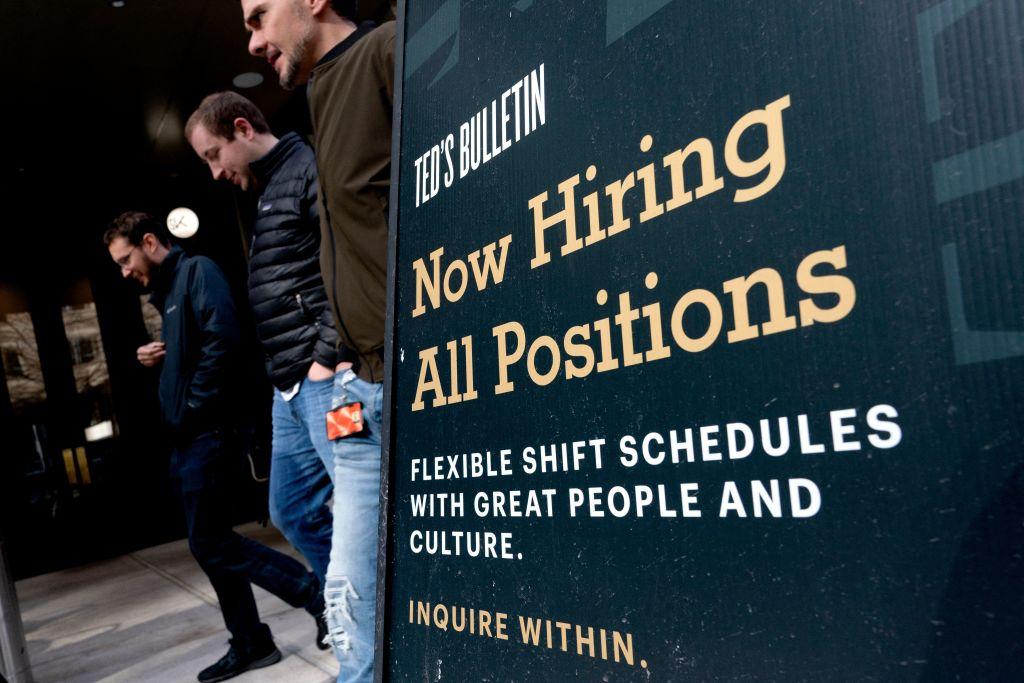America’s low labor participation rate since the COVID pandemic has become a problem for the U.S. economy, according to experts.
Economists are saying that an unprecedented drop in labor participation throughout the United States after the pandemic hit in 2020 has become widely noticeable.





